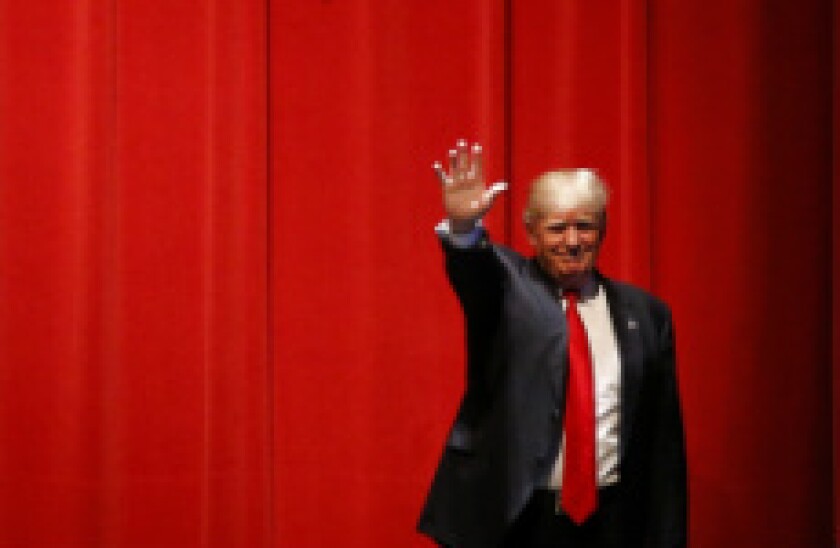Trade war chaos has returned in full force. Last Friday evening, China slapped additional tariffs on two lists of 5,078 US imports worth around $75bn, according to a statement from the Ministry of Finance.
The new tariffs are divided into two lists, one to kick in on September 1 and the other on December 15.
Soybeans, petroleum oil and cheese products are on the first list and will be subject to 10% additional tariffs. Other products including seafood, fruit and meats are also on the first list but will be subject to a lower 5% additional tariff.
On the second list, goods including vehicles and wheat will be subject to 10% additional tariffs while items such as precision instruments will be subjected to 5% additional tariffs.
China will also resume import duties on US automobile components from December 15. Import tariffs on US auto products had been suspended last December, following a short-lived consensus reached between Chinese president Xi Jinping and his US counterpart Donald Trump at the G20 Summit in Argentina.
“This is a direct retaliation to the latest round of tariffs by the Trump administration,” Yu Song, chief China economist at Beijing Gao Hua Securities Company, wrote in a Saturday note. Trump had said on August 2 that the US will impose an additional 10% tariff on around $270bn of imports from China.
“Since the trade war started last year China has retaliated each time after the US imposed tariffs,” said Song. “It could be argued that not doing anything in retaliation might be in the interests of the Chinese economy, but we believe this would be not acceptable politically.”
Additionally, over-depreciating the renminbi and loosening policies in the property market will not be used in the near term due to concerns on market stability, Song added.
*
Within 24 hours, Trump escalated tariffs on $500bn of already-tariffed Chinese imports by 5%. The higher tariffs will kick in on October 1, China’s national day.
“China should not have put new Tariffs on 75 billion dollars of United States product (politically motivated!),” Trump tweeted on Saturday early morning US time. “Starting on October 1st, the 250 billion dollars of goods and products from China, currently being taxed at 25%, will be taxed at 30%. Additionally, the remaining 300 billion dollars of goods and products from China, that was being taxed from September 1st at 10%, will now be taxed at 15%. Thank you for your attention to this matter!”
Earlier on Friday morning, Trump also ordered US companies to “immediately start looking for an alternative to China” via Twitter.
“The impact of the new tariffs on China’s economic growth will be sizeable,” Louis Kuijs, head of Asia economics at Oxford Economics, wrote in a Monday note. “Even assuming some offset from more policy support, we now expect China’s GDP growth to fall significantly below 6% in 2020.”
*
The PBoC unveiled rules for applying the new loan benchmark rate — loan prime rate (LPR) — to mortgage loans rates, according to a Sunday statement. The LPR reform was introduced last week.
The central bak said that mortgage rates will be based on the new LPR rate starting from October 8. However, new mortgage loan rates for first-home buyers should not be lower than the five-year or above LPR, which stood at 4.85% on Monday. It added that for second-home buyers, the rate has to be at least 60bp higher than the five-year or above LPR.
The central bank repeated that “houses are built to be lived in, not for speculation”.
*
For the first seven months this year, Chinese state-owned enterprises billed total revenue and profits of Rmb34.5tr ($4.8tr) and Rmb2.14tr respectively, a 7.7% and 7.3% year-on-year increase. Central SOEs saw their revenue grow 6.2% year-on-year while local SOEs experienced a higher growth of 10%.
The debt to assets ratio was 64.4% for all SOEs, a 0.2% decrease year-on-year, according to a statement from the China Ministry of Finance on Monday.
